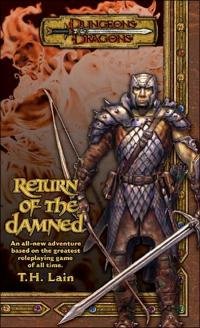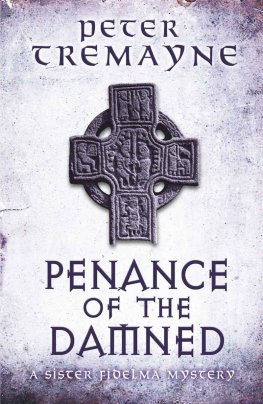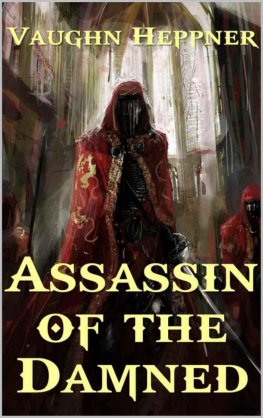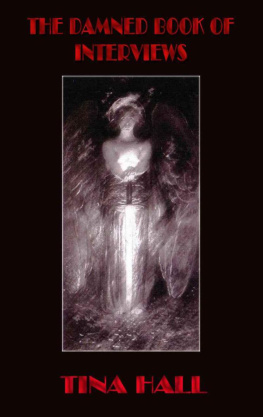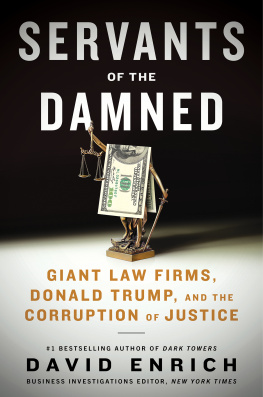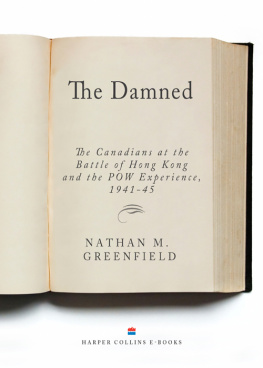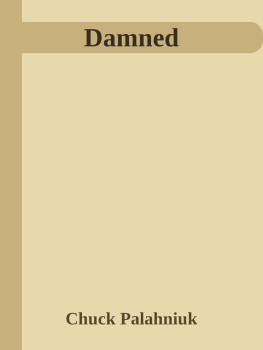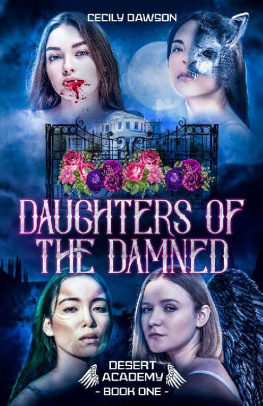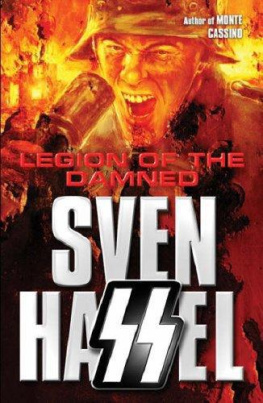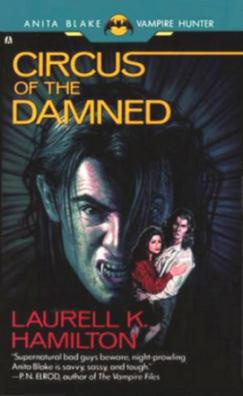Damned if you do, Damned if you dont
For Ernie Gullerud
First published 1998 by Ashgate Publishing
Reissued 2018 by Routledge
2 Park Square, Milton Park, Abingdon, Oxon, 0X14 4RN
711 Third Avenue, New York, NY 10017, USA
Routledge is an imprint of the Taylor & Francis Group, an informa business
Copyright Anthony McMahon 1998
All rights reserved. No part of this book may be reprinted or reproduced or utilised in any form or by any electronic, mechanical, or other means, now known or hereafter invented, including photocopying and recording, or in any information storage or retrieval system, without permission in writing from the publishers.
Notice:
Product or corporate names may be trademarks or registered trademarks, and are used only for identification and explanation without intent to infringe.
Publishers Note
The publisher has gone to great lengths to ensure the quality of this reprint but points out that some imperfections in the original copies may be apparent.
Disclaimer
The publisher has made every effort to trace copyright holders and welcomes correspondence from those they have been unable to contact.
A Library of Congress record exists under LC control number: 97074453
ISBN 13: 978-1-138-61137-5 (hbk)
ISBN 13: 978-0-429-45267-3 (ebk)
This book is based on the courage and candour of the workers at City Office. They allowed me to enter their working lives at a time of great organizational and personal stress. I am grateful to them for that and for their generosity and openness in showing me what they do and why they do it. I thank them as I do the Illinois Department of Children and Family Services for allowing me to undertake this project. I hope that my regard for them and the importance of their work is evident even as I critique the circumstances in which they do their work.
There are others I must thank for their support and professional insight. I thank Ernest Gullerud, Paula Allen-Meares, and Norman Denzin for their guidance during the research and writing of this project. I would particularly like to state how much I valued Dr Gulleruds care, advice, and wisdom which he shared with me over innumerable cups of coffee. I am grateful to Golie Jansen, Sue McGinty and Alan Peshkin who gave me of their time and wisdom so that I could sharpen my skills and my perceptions.
I could not have completed this project without the critical support, insight, and experience of Suzanne McGinty. I thank her for the hours she listened to my meanderings, the many drafts of my writings she read, and the times she put up with and understood my frustrations and my elations.
This book is a study of a group of public agency child welfare workers. It records their work with abused and neglected children and their families. Child welfare work is one of the most contested arenas of social work practice. It is a form of work that society sees as necessary while, at the same time, it condemns it as intrusive interference into family life. As well, the workers ideal of protecting children from abusive families and situations is frustrated by high case loads, excessive paperwork, personal danger, unsympathetic courts and an ideology of child protection that is inherently counterproductive. These ambiguities are summed up in the title of the book, Damned if you do, damned if you dont.
During the final stages of the research that forms the basis for this book, child abuse became a national talking point in the United States when the image of the abused child blended biography and art. Woody Allen, a famous movie director and actor, was accused of molesting his seven year old daughter after being discovered in an affair with his former lovers daughter that had some parallels to his movie Husbands and Wives (Gliatto, Huzinec, Lynn, and Johnson, 1992). As well, the major US television networks simulcast a documentary on victims and perpetrators of child abuse. The simulcasts host, talkshow star Oprah Winfrey, introduced the documentary by relating her own story of abuse which began with her rape when she was nine years old (Levitt, Mills, and Freedman, 1992). Finally, the symbol of the abused child became a metaphor for wasted lives when sportswriters accused the US womens gymnastic team of child abuse after the failure of Olympic athletes in Barcelona, Spain (Press, 1992). These high profile examples are in sharp contrast to the mundane horror of day-to-day child abuse and neglect. These cases, a young boy tortured with burning cigarettes by his mothers boyfriend, a baby girl left alone in a car while her mother drinks in a bar, a young girl raped by her stepfather while her mother is at work, remain hidden, known only to a few. They only come to public attention if the incidents are particularly gruesome or titillating.
In the United States, as in other countries, public child welfare agencies are mandated to receive, investigate, and act on reports of abuse or neglect of a child (Kinard, 1987). Agencies provide residual services for children whose parents have somehow failed them (Kadushin, 1987). Public child welfare work involves a dual, even ambiguous, role. It comprises an investigative, coercive, child removing dimension and a helping, supportive, family preserving dimension (Pelton, 1989). What connects each of these stories is the urge, the necessity, to protect children who are incapable too young, too weak, too vulnerable of protecting themselves. The practice of child welfare touches the lives of literally hundreds of thousands of American children and their families, so the study of what workers do and what they understand of what they do is an important question.
This research project is about workers mandated by the state to protect tortured, neglected, and abused children, like those described above, when their plight is made public. How do child welfare workers go about their work? How do they describe what they do? How do they understand the experience of doing child welfare work? This study explores the lived experience of one group of eight workers whom I asked to become aware of and reflect on their working lives and experience. Drawing on Dilthey, Merleau-Ponty and Gadamer, van Manen describes lived experience as the immediate, aware consciousness of living. It is an interpretive reflection on past experience (van Manen, 1990). In the course of this research, I spoke to child welfare workers in their offices and joined in their conversations. I met their colleagues and their supervisors. I went with workers to visit children and to interview the childrens parents. I sat on the benches at the back of Juvenile Court while judges and attorneys deliberated and decided what would become of children and what parents had to do to get their children back. I stood beside the workers while they discussed and negotiated their cases with attorneys.
This interest in how workers understand and experience child welfare practice comes from my own work experience. As a welfare officer for the West Australian Department for Community Services (WADCS), I spent six years working with Aboriginal communities in the remote north-west of Australia. As child welfare workers, one of our many responsibilities, we confronted social, physical, and personal conditions that were detrimental to Aboriginal children. Yet, rarely did we remove children from their families for their own protection. Instead, we worked with the childrens families and communities to ameliorate the stressful or abusive conditions and created local solutions suitable to local needs (McMahon, 1990; McMahon and Kogolo, 1988). These solutions ranged from the establishment of schools and business enterprises to the development of culturally appropriate child protection, child welfare and child care schemes. This work required a cooperation with local Aboriginal people in accordance with the languages and the customs of that part of Aboriginal Australia. I was fortunate, too, in that I was able to join in working with colleagues, both Aboriginal and non-Aboriginal, who valued the local peoples knowledge as much as they did their own (Tomlinson, 1985). The peoples local, knowledge (Foucault, 1980) complemented our expert knowledge. Their lived experience and local knowledge became resources and guides for practice (Weick, 1992).



